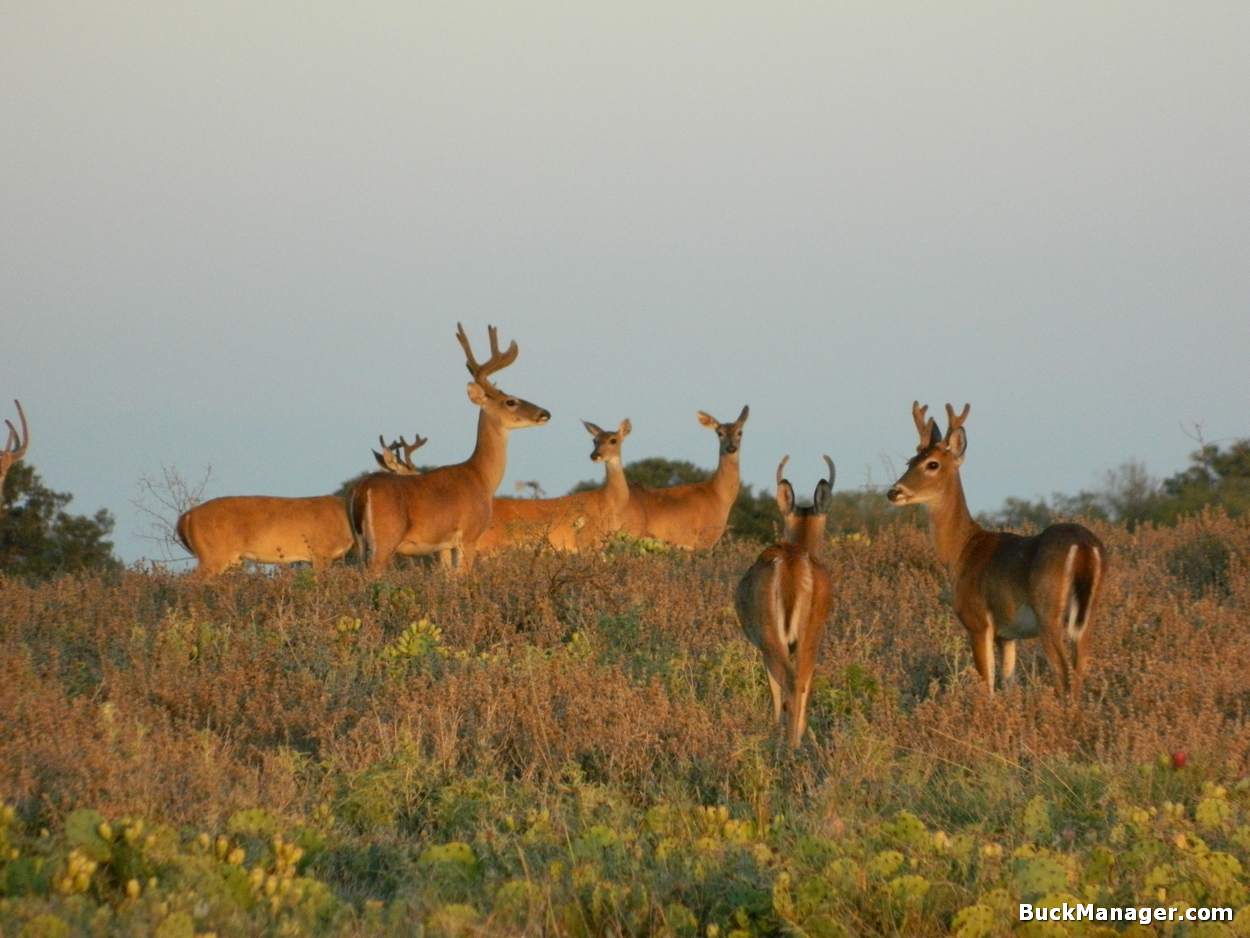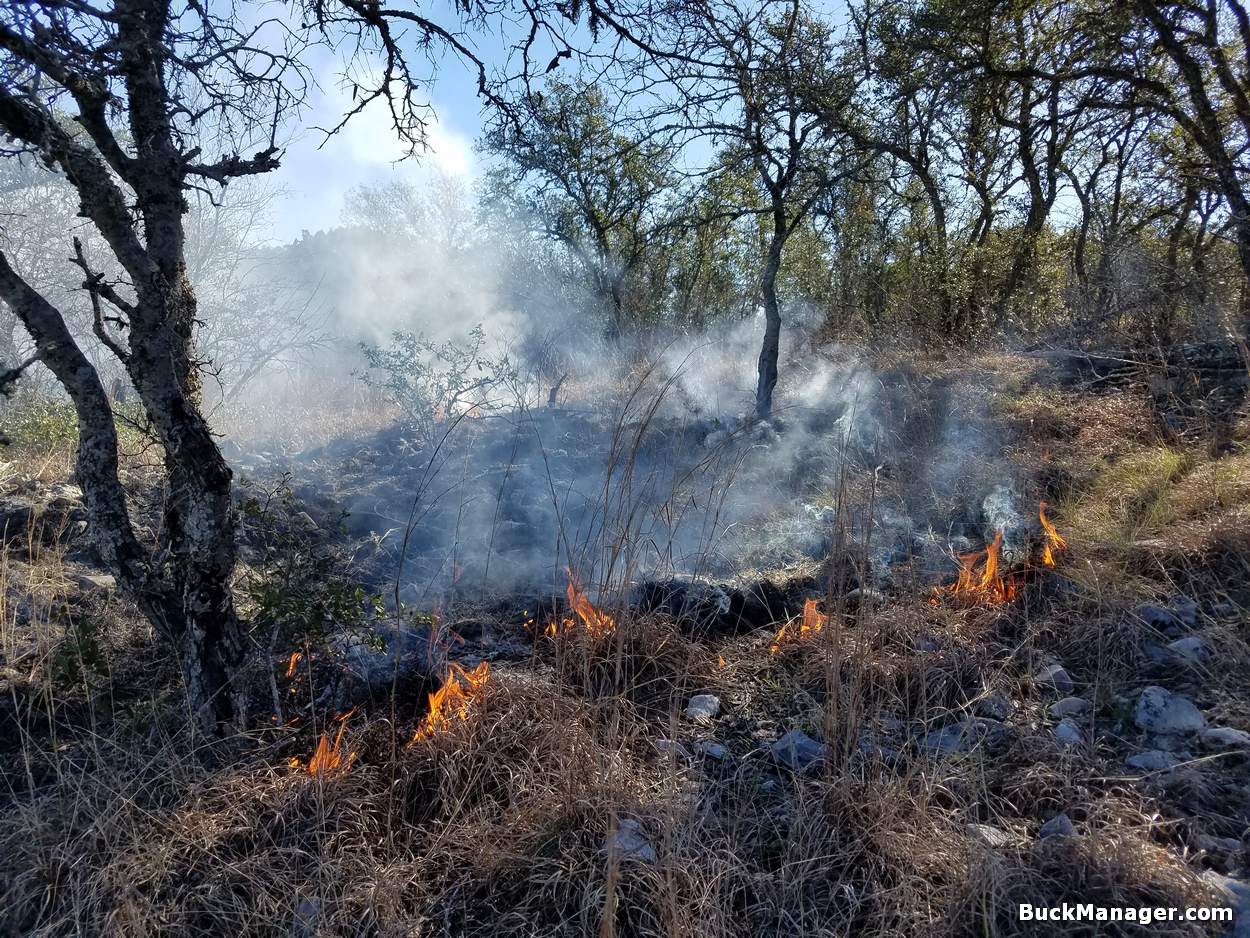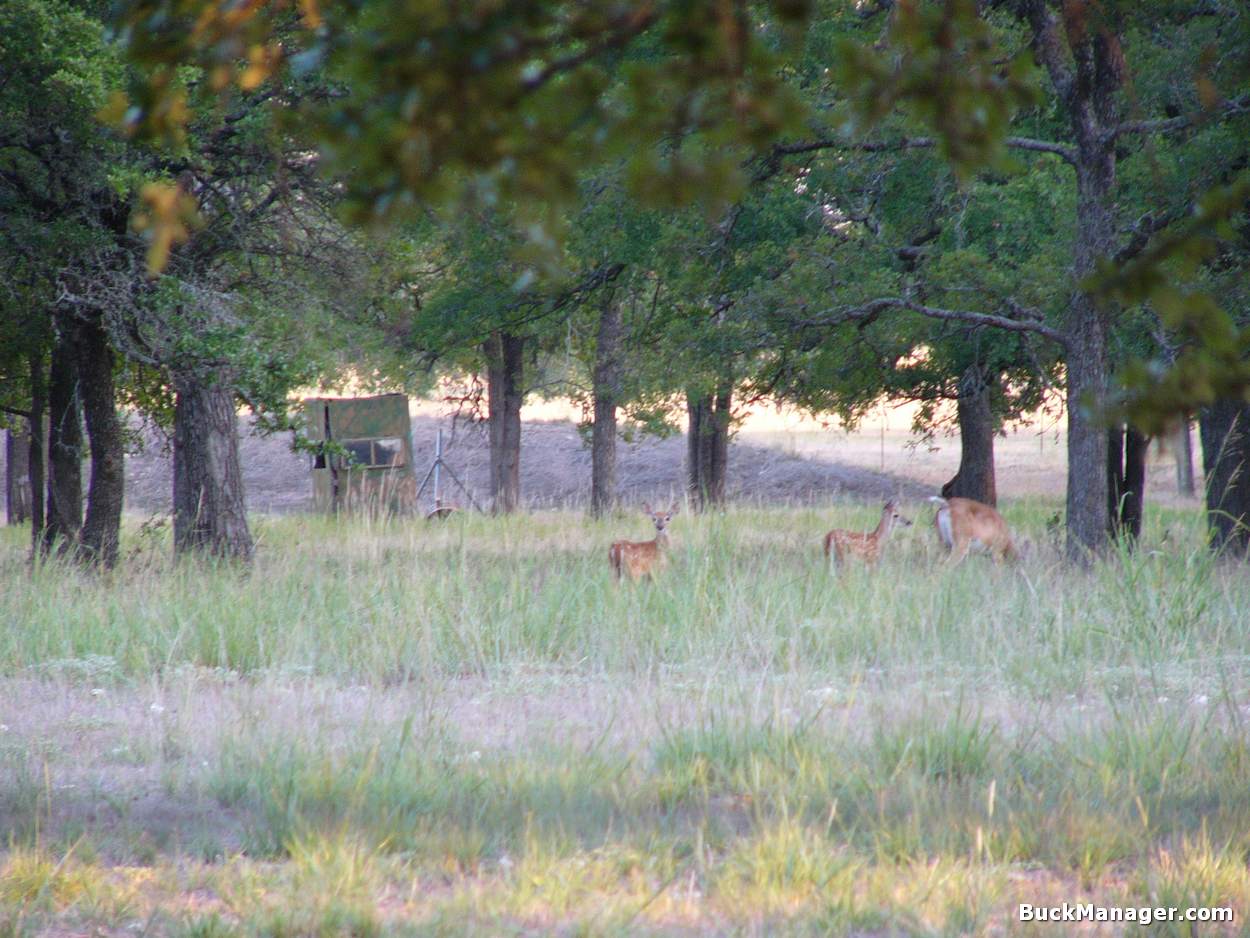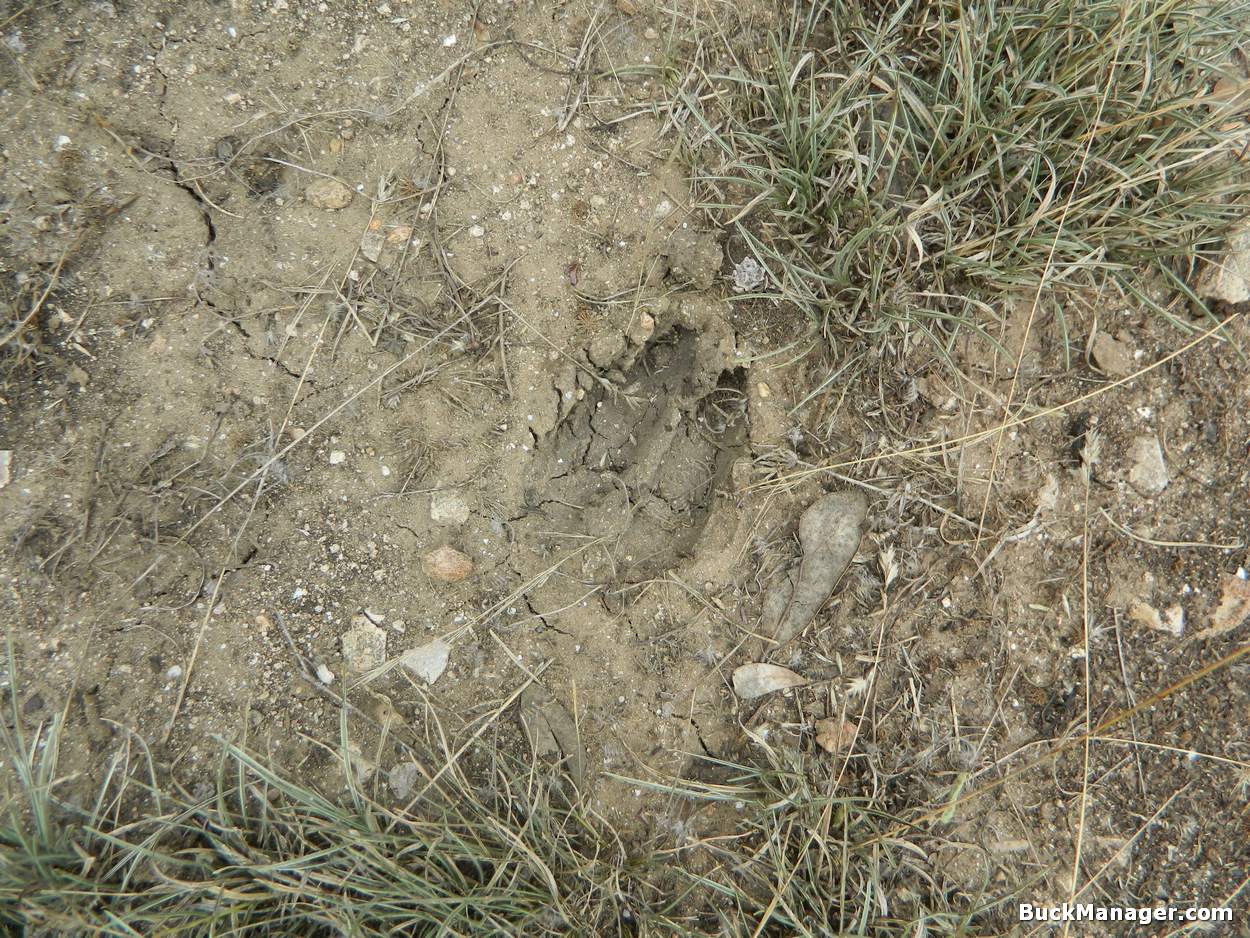Benefit of Hunting for Conservation
The benefits of managing habitat for white-tailed deer have been well documented. Decades of anecdotal accounts by land managers substantiate the widespread benefit of deer management, and published research by academics serve as documented proof. Managing deer is good. Taking a hands-off approach is bad for deer, native plants and other wildlife.
I believe the best way to grow bigger and healthier deer is give them exactly what they want: high-quality natural foods. To paraphrase, if you build it they will come. If you make whitetail habitat better they will be healthier, at the very least. The truth is that nothing is as good as the food found in prime habitat under good environmental conditions, neither pelleted protein feed nor food plots even come close.

Albeit, supplemental forages can have their place in a well-rounded management program, since they help maintain a constant nutritional plane for a deer herd during tough times. Even good habitat can find itself in poor condition during drought conditions, which is especially true here in Texas.
However, when you as a hunter or landowner are doing it right there should not be many tough times. Lands managed for deer typically anticipate the worst by keeping the right number of deer.
Working for Deer, Wildlife
It takes hard work to manage deer and the habitat that they need on private lands, so why do we do it? Mostly because we simply love doing it. We enjoy taking care of the natural resources that we love. We like watching wildlife and white-tailed deer. We want to give something back to the sport that we love, deer hunting. We want to give something back to the animal we love, white-tailed deer.
We also realize that deer must be controlled. Wildlife conservation is different that wildlife preservation. Whitetail populations have the ability to increase rapidly. Habitat deteriorates when that happens and we know that negatively affects local deer herds, but also native plant communities and all the other animals that live there. The fallout of having too many deer has numerous, negative impacts, from soil erosion to native plant regeneration to commercial ag production.

It boils down to conservation, taking care of what we as people have. It also comes from an understanding that deer are a renewable natural resource. Management is the price we are willing to pay for the tangible and intangible things that we get from stepping into the woods each and every time we go hunting.
Some people will never understand that. And I’m okay with that, because I don’t understand all of them either.
Deer Hunting is Necessary
Every plant and animal has a place in the wildlife world. It’s paramount to realize that although we have allegedly “progressed” as a society, the important things in life will always remain the same: family, friends, good times and proper stewardship of the bountiful natural resources that we’ve been given.
It will not make a hill of beans how fast our phones download data or how many movies we can stream if the environment becomes unsuitable for life. Humans are smart as whole, but as a group we don’t always make wise decisions.

Habitat-based white-tailed deer management has fueled better deer hunting across the US, without a doubt. But all of the combined management effort has not just benefited deer and the people that hunt them; deer population and habitat management has helped most all other plants and animals that call those places home, too. Deer hunting and management has help fund, directly and indirectly, many forms of habitat management. That benefits everyone.
Leopold and Deer Management
Aldo Leopold: “… I have lived to see state after state extirpate its wolves. I have watched the face of many a newly wolfless mountain, and seen the south-facing slopes wrinkle with a maze of new deer trails. I have seen every edible bush and seedling browsed, first to anaemic desuetude, and then to death. I have seen every edible tree defoliated to the height of a saddlehorn.
Such a mountain looks as if someone had given God a new pruning shears, and forbidden Him all other exercise. In the end the starved bones of the hoped-for deer herd, dead of its own too-much, bleach with the bones of the dead sage, or molder under the high-lined junipers.
I now suspect that just as a deer herd lives in mortal fear of its wolves, so does a mountain live in mortal fear of its deer. And perhaps with better cause, for while a buck pulled down by wolves can be replaced in two or three years, a range pulled down by too many deer may fail of replacement in as many decades. So also with cows.
The cowman who cleans his range of wolves does not realize that he is taking over the wolf’s job of trimming the herd to fit the range. He has not learned to think like a mountain. Hence we have dustbowls, and rivers washing the future into the sea.”
